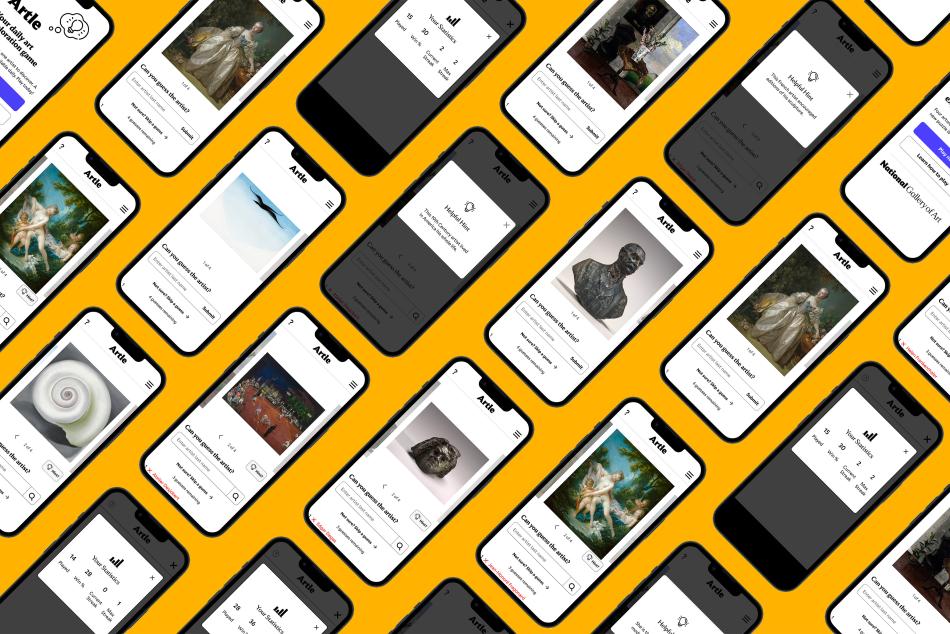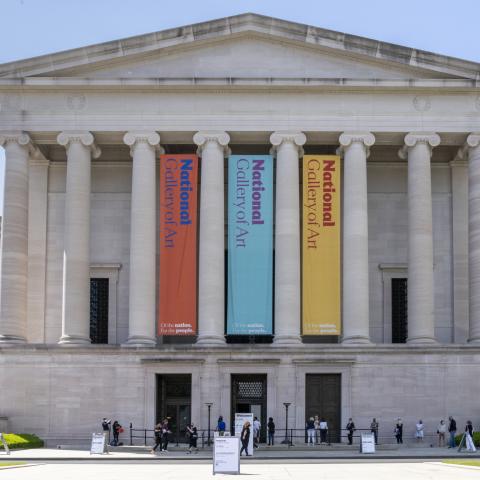Finding Awe: Archibald John Motley Jr.’s Portrait of My Grandmother
-
–

When have you been moved by the wonder of others? Consider how artists have depicted people they admire in portraits. Reflect and honor those whose kindness, courage, or resilience has inspired you.
During this 90-minute pause from your daily route, we’ll look slowly and mindfully at Archibald John Motley Jr.’s Portrait of My Grandmother. You’ll be invited to look closely, wonder, and share your insights with the group. Together, we’ll learn “awe practices” that you can bring to your everyday life.
The workshop exploring Portrait of My Grandmother will be offered on November 14 at 2:15 p.m. and on November 15 at 10:30 a.m. and 2:15 p.m. We encourage you to register for one workshop on this topic and to join us for future topics as well.
Ages 18 and up. Questions? Email us at talks@nga.gov.
“Finding Awe” is grounded in the National Gallery’s mission to welcome all people to explore and experience art, creativity, and our shared humanity. It offers new “awe practices” drawn from the research of Dacher Keltner, professor of psychology at the University of California-Berkeley, director of The Greater Good Science Center, and author of Awe: The New Science of Everyday Wonder and How It Can Transform Your Life (2023). Research shows that experiences of awe help support mental and physical wellbeing and open us up to greater creativity and deeper empathy.
You may also like






